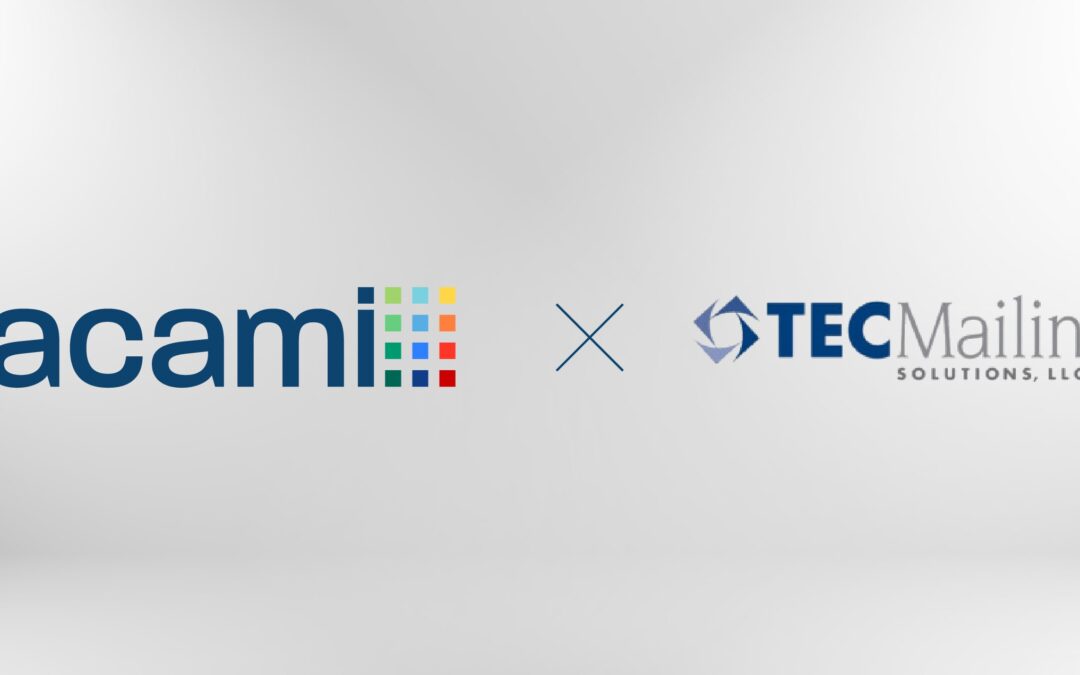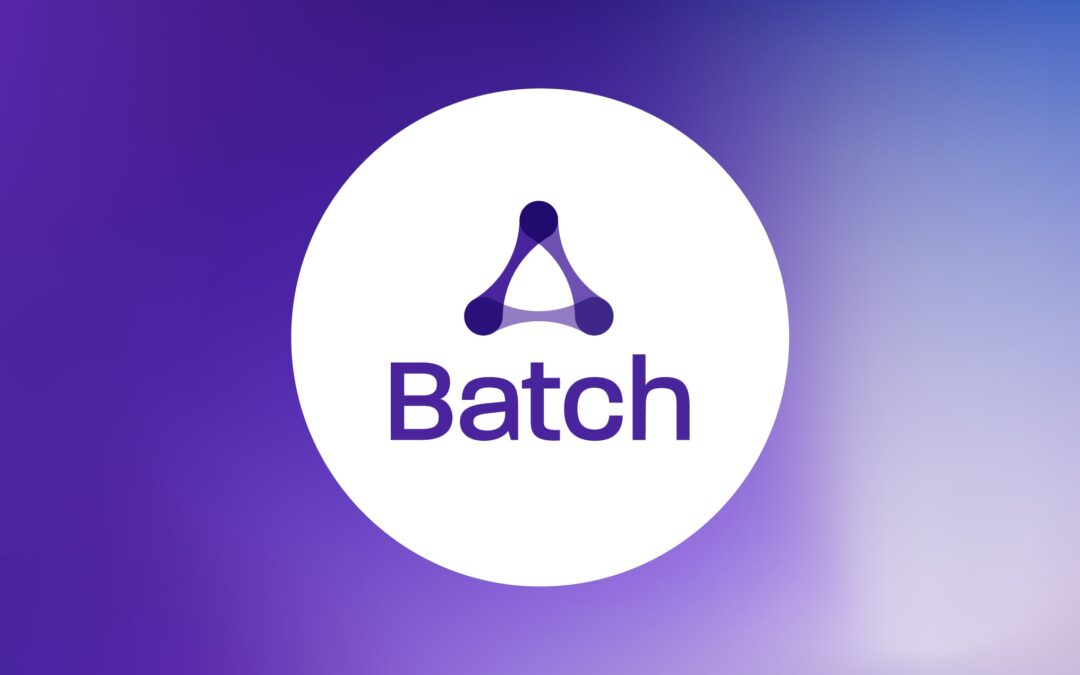In the world of data processing and automation, two terms often come up: Management Information Systems (MIS) and Automated Document Factories (ADF). While they might seem similar at first glance, they serve distinct purposes and are crucial for different aspects of business operations. Let’s delve into the differences between these systems and understand their unique roles.
What is MIS?
Management Information Systems (MIS) have been around for several decades, initially designed to support the commercial print market. They are excellent at managing both the front-end and back-end of business operations. Here’s a breakdown of what MIS handles:
Front-End Operations: MIS helps in managing inventory, creating customer estimates, defining job tickets, and preparing them for the production floor. Essentially, it covers all the initial steps required to get a project started and ready for production.
Back-End Operations: Once the production is completed, MIS systems handle invoicing, inventory reconciliation, and other post-production tasks. This ensures that all aspects of the business operation, from start to finish, are well managed.
What is ADF?
Automated Document Factories (ADF) focus on the automation and management of the actual data processing workflow, which occurs between the front end and back-end operations overseen by the MIS. Here’s what ADF systems do:
Digital Workflow Automation: ADF systems automate the preparation and processing of files. They handle tasks such as file hygiene, postal processing, and sending files to various composition tools (e.g., Quadient, OpenText, PlanetPress).
Physical Production Management: Once digital processing is complete, ADF systems manage the physical aspects of production, such as printing, inserting, mailing, cutting, and binding. They automate data collection from these processes, ensuring accurate and real-time tracking of production activities.
How MIS and ADF Complement Each Other
While MIS excels in handling the administrative and organizational aspects of a business, ADF systems are designed to streamline and automate the core processing and production tasks. Here’s how they complement each other:
Efficiency and Automation: MIS systems might involve manual data entry and tracking through devices like iPads or job ticket scanners. In contrast, ADF systems aim to automate these tasks by directly communicating with smart equipment, capturing data such as job start and end times, production counts, and instances of scrap.
Integration and Comprehensive Management: For a modern, efficient operation, integrating both MIS and ADF systems is crucial. MIS covers the broader operational spectrum, while ADF fills in the critical processing gaps, ensuring a seamless workflow from initial customer interaction to final product delivery.
Modern Developments in ADF Systems
The latest ADF systems also incorporate multi-channel distribution capabilities, maintaining detailed consumer profiles, including demographics, lifestyle attributes, and communication preferences. This allows businesses to tailor their communication strategies based on consumer preferences, enhancing customer engagement and satisfaction.
In summary, MIS and ADF systems serve distinct but complementary roles in business operations. MIS handles the front and back-end tasks, while ADF focuses on the automation of data processing and physical production workflows. For businesses aiming to achieve high efficiency and automation across all aspects of their operations, leveraging both MIS and ADF systems is essential.



